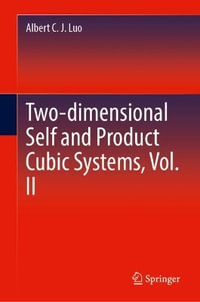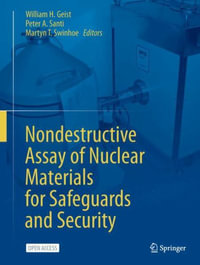
At a Glance
Hardcover
$264.75
Aims to ship in 15 to 25 business days
ISBN: 9780295977492
ISBN-10: 0295977493
Series: EMIL AND KATHLEEN SICK LECTURE-BOOK SERIES IN WESTERN HISTORY AND BIOGRAPHY
Published: 1st October 1998
Format: Hardcover
Language: English
Number of Pages: 296
Audience: Professional and Scholarly
For Ages: 22+ years old
Publisher: UNIV OF WASHINGTON PR
Country of Publication: US
Dimensions (cm): 23.5 x 16.51 x 2.54
Weight (kg): 0.59
Shipping
| Standard Shipping | Express Shipping | |
|---|---|---|
| Metro postcodes: | $9.99 | $14.95 |
| Regional postcodes: | $9.99 | $14.95 |
| Rural postcodes: | $9.99 | $14.95 |
How to return your order
At Booktopia, we offer hassle-free returns in accordance with our returns policy. If you wish to return an item, please get in touch with Booktopia Customer Care.
Additional postage charges may be applicable.
Defective items
If there is a problem with any of the items received for your order then the Booktopia Customer Care team is ready to assist you.
For more info please visit our Help Centre.
You Can Find This Book In
This product is categorised by
- Non-FictionEngineering & TechnologyEnergy Technology & EngineeringNuclear Power & Engineering
- Non-FictionHistoryRegional & National HistoryHistory of the Americas
- Non-FictionIndustry & Industrial StudiesEnergy Industries & UtilitiesNuclear Power Industries
- Non-FictionEarth Sciences, Geography, Environment, PlanningThe EnvironmentNuclear Issues
- Non-FictionHistoryEarliest Times to Present Day20th Century History from 1900 to 2000Post War 20th Century History after 1945
- Non-FictionWarfare & DefenceWeapons & EquipmentNuclear Weapons
- Non-FictionScienceScience in GeneralHistory of Science
- Non-FictionSciencePhysicsNuclear Physics























